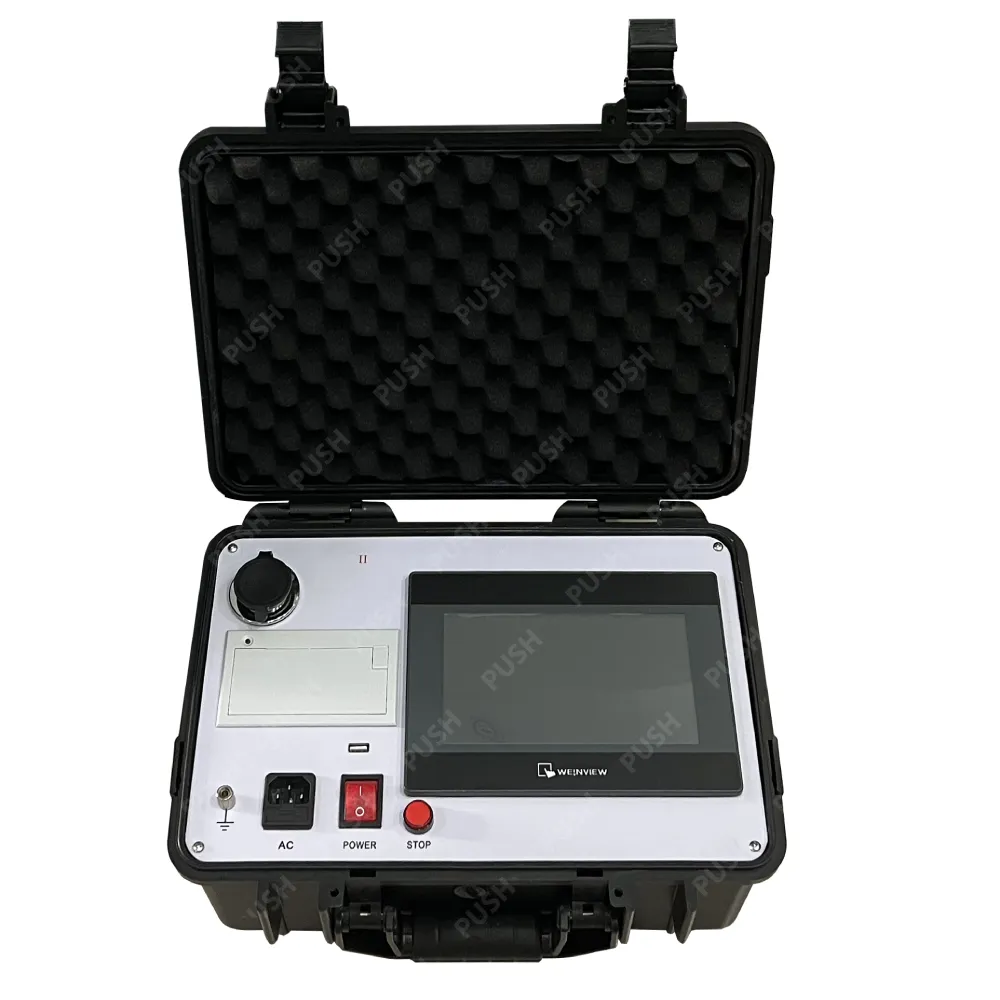 English
English


types of transformer oil testing
Types of Transformer Oil Testing Ensuring Reliability and Efficiency
Transformer oil, also known as insulating oil, plays a crucial role in the operation of electrical transformers. It serves not only as an insulator but also as a coolant, helping to dissipate heat generated during electrical operations. Given the importance of this fluid in maintaining transformer performance, regular testing of transformer oil is imperative. This article explores the various types of transformer oil testing, their significance, and how they contribute to the reliability and efficiency of transformers.
Importance of Transformer Oil Testing
Transformer oil testing is essential for several reasons
1. Preventive Maintenance Regular oil testing can identify potential failures before they occur, allowing for timely maintenance that can prevent costly outages and equipment damage.
2. Performance Monitoring Testing provides insights into the physical and chemical condition of the oil, helping to monitor the overall health of the transformer.
3. Safety Assurance Ensuring the purity and performance of transformer oil minimizes the risk of explosions and other hazards associated with equipment malfunction.
4. Regulatory Compliance Many industries have regulatory standards that require periodic oil testing to ensure safety and operational efficiency.
Types of Transformer Oil Testing
Transformer oil testing encompasses various methods that can be classified into several categories
1. Physical Testing
Physical tests assess the oil's basic properties, including
- Color and Appearance Visual inspection helps detect contamination or degradation. - Density The density of the oil can indicate the presence of impurities. - Viscosity Viscosity measurements help determine the flow characteristics and, subsequently, the cooling efficiency of the oil.
2. Chemical Testing
types of transformer oil testing

Chemical tests identify changes in the chemical composition of transformer oil over time, including
- Furan Analysis Furan compounds are by-products of cellulose degradation in transformer insulation. Their presence can indicate the health of solid insulation materials. - Dissolved Gas Analysis (DGA) DGA involves measuring gases dissolved in the oil, such as hydrogen, methane, ethylene, and acetylene. The concentration of these gases helps diagnose internal faults, such as overheating or arcing.
3. Dielectric Testing
Dielectric tests measure the oil's insulating properties, which are critical for preventing electrical breakdown
- Dielectric Strength This test assesses the maximum voltage the oil can withstand before breaking down. A high dielectric strength indicates good insulating properties. - Flash Point The flash point test evaluates the temperature at which the oil vaporizes enough to ignite. A low flash point may indicate that the oil is contaminated and poses a fire risk.
4. Contaminant Testing
This category focuses on identifying foreign substances that can impair oil performance
- Moisture Content The presence of water in transformer oil can significantly lower its insulating properties. Testing for moisture content helps assess the risk of insulation failure. - Particulate Contamination Particle analysis detects solid contaminants, such as dust or metal filings, that can cause transformer wear and failure.
5. Thermal Properties Evaluation
Thermal stability tests evaluate the oil’s ability to withstand heat over time
- Oxidation Stability This test assesses how well the oil resists oxidation, a process that can lead to sludge formation and reduced cooling efficiency. - Pour Point The pour point indicates the temperature at which the oil begins to solidify. This is crucial for ensuring that the oil remains functional under cold conditions.
Conclusion
Transformer oil testing is a critical component of transformer maintenance and operation. By performing a variety of tests that assess physical, chemical, dielectric, and thermal properties of the oil, operators can significantly enhance the reliability and efficiency of transformers. Regular oil testing not only helps in preventive maintenance but also ensures compliance with regulatory requirements, minimizes safety risks, and ultimately prolongs the lifespan of transformers. As the demand for electricity continues to rise, effective transformer oil management will remain a top priority for electrical utilities worldwide, ensuring a stable and efficient power supply for all.
-
Differences between open cup flash point tester and closed cup flash point testerNewsOct.31,2024
-
The Reliable Load Tap ChangerNewsOct.23,2024
-
The Essential Guide to Hipot TestersNewsOct.23,2024
-
The Digital Insulation TesterNewsOct.23,2024
-
The Best Earth Loop Impedance Tester for SaleNewsOct.23,2024
-
Tan Delta Tester--The Essential Tool for Electrical Insulation TestingNewsOct.23,2024





